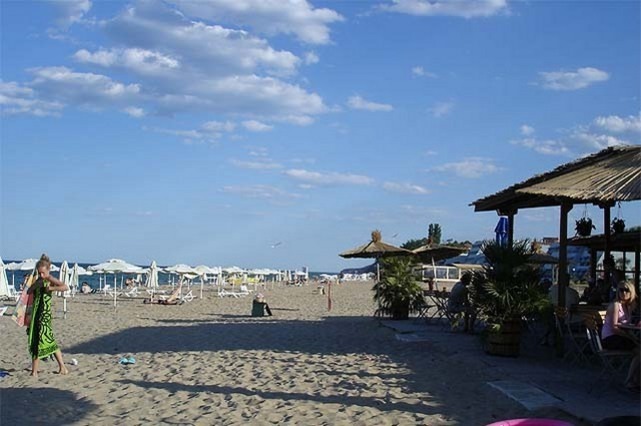Obzor is one of the oldest settlements on the Bulgarian Black Sea coast. Set up nearly 3000 years ago, the town carried the Thracian name of Navlohos. As it became a Greek colony, the settlement got the name of Heliopolis or the town of the sun.
In the first century BC, Romans conquered Heliopolis and changed the name once again. The town became known as Theopolis and a temple of Jupiter was constructed there.
The Byzantine period saw the construction of the emperor’s summer residence in the town.
Remains of ancient buildings, among which those of the temple have been preserved in Obzor’s central part.
During the Middle Ages, Obzor figured as important part of trade routes between Constantinople and the Danube region.
The Bulgarian fortress of Kozyak came into existence with the establishment of the second Bulgarian kingdom. A mountain peak near the town carries the name of the fortress.
Ottomans once again renamed the town. Turkish archive papers mention it as Gyozeken or beautiful view. The name remains unchanged until 1934, when the Bulgarian translation of Obzor replaced the Turkish word.
Today Obzor acts as a small tourism settlement. It became a town in 1984.
Obzor is located between the cities of Varna and Bourgas, in the foot of Stara Planina Mountain. The location is also known for the longest beach on the Bulgarian shore, 8 km covered with fine, white sand.
The proximity of Stara Planina, transforming into the beautiful cape of Emine, to the sea creates special ambience.
Irakli, one wild and relatively non-commercial beach area, is also located nearby. Ecologists are trying to preserve the region and to ban construction there. The village of Emona, located on the cape, happens to be one of the best preserved villages, still unspoiled and unaffected by the resort construction boom.
Located in a preserve and a military area, Emona is freed from intense construction and the appearance of large hotel complexes.

